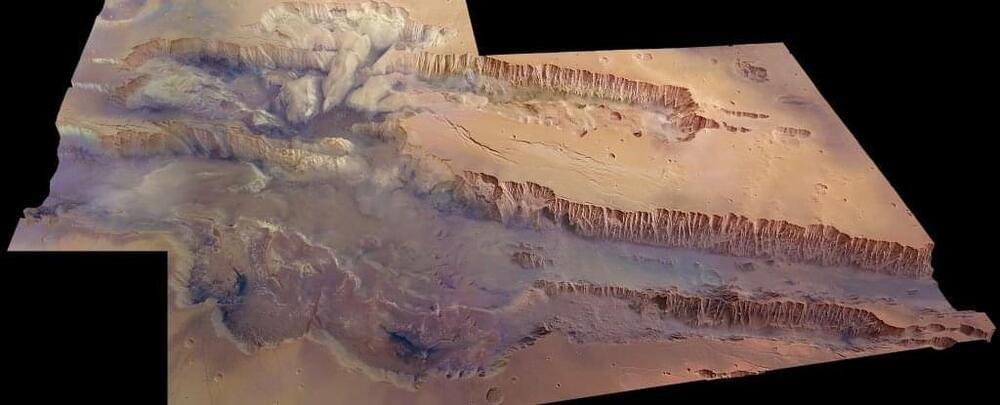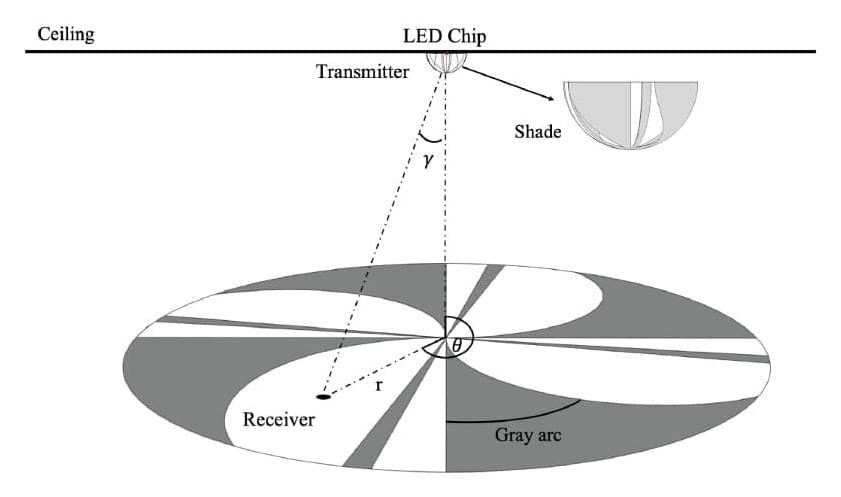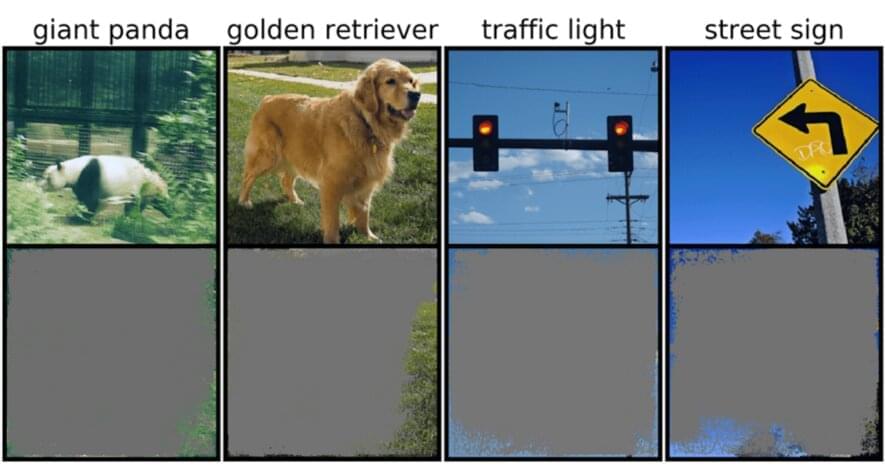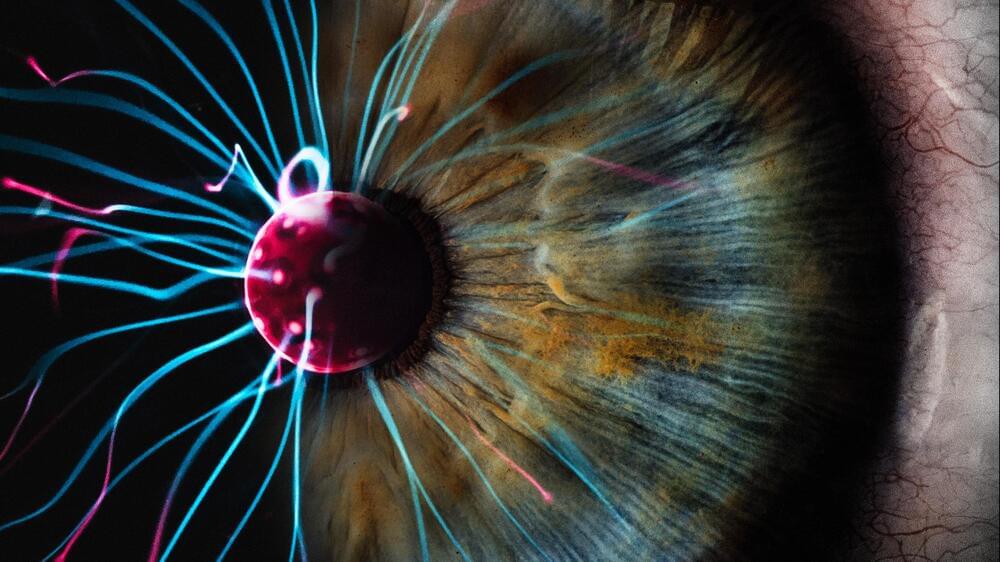HONG KONG, Dec 17 (Reuters Breakingviews) — After conquering semiconductors, Taiwan Semiconductor Manufacturing, the world’s biggest chipmaker has a new challenge: kickstarting Taiwan’s stalled green transition. Bureaucracy and red tape have marred the island’s renewable-energy goals. The company’s (2330.TW) voracious appetite for cleaner power will offer a much-needed spark.
Referendums on whether to restart a nuclear power plant and whether to change the location of a planned $2 billion liquid fossil gas terminal highlight how politically contentious the island’s energy issues are. President Tsai Ing-wen has pledged to phase out nuclear power and is hoping gas-fired plants will supply half of the $600 billion economy’s electricity needs by 2025. At the same time, she has promised to increase the share of renewable sources to 20%, from 5.4% in 2020.
On paper that’s doable, but in practice it looks increasingly out of reach. Covid-19 disruptions held up wind and solar projects, but lengthy and complex approval processes are also to blame. Offshore wind developers, for instance, must obtain consent letters from at least eight different authorities as well as approval from the environmental watchdog even to be eligible to bid for projects. Those that make it to the second round must also detail how they can meet local procurement requirements, often onerous criteria given how new the industry is in Taiwan. According to one 2021 estimate, unfinished wind and solar projects totalled $83 billion, among the highest in Asia.








